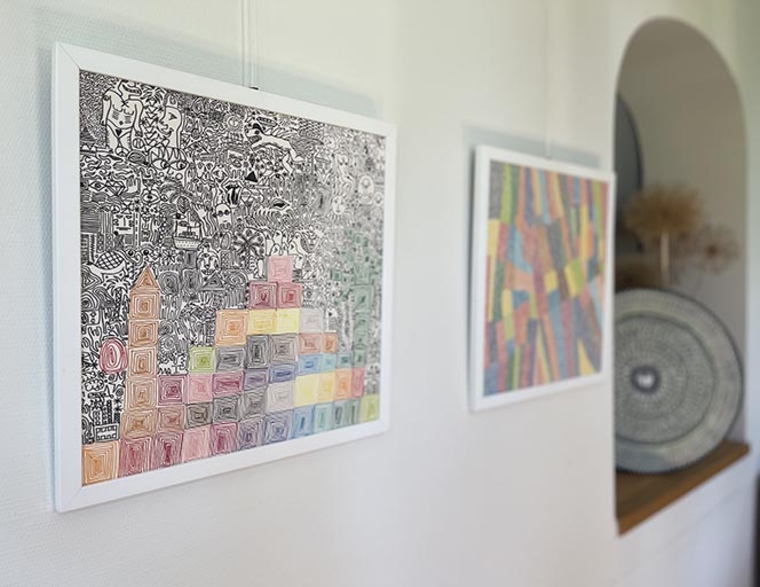The network, its structure and operation
People with neurodevelopmental disorders have difficulty participating fully in society. These difficulties may be encountered in childhood, for example, when the child is unable to follow a traditional school curriculum and then receive appropriate training, and they continue into adulthood when it comes to being independent and professionally active.
By placing human being at the centre of their approach and by sharing their field of expertise, the members of the Neurodev network aim to develop research, teaching and knowledge on the support and social conditions that make it possible to increase the social participation of people with neurodevelopmental disorders.
To promote the autonomy and well-being of these people, the aim is to put in place cross-disciplinary interventions using tools and adaptations to the environment. The network's vision is based on the development of networking and the sharing of knowledge.
Targeted population
The network's activities concern people (children and adults) with neurodevelopmental disorders and those around them (families, carers, support workers and professionals).
Each type of neurodevelopmental disorder* is characterised by specific symptoms. These manifestations often lead to difficulties in participating fully in society. The environment may be unsupportive and resources may be inadequate. In children and teenagers, this can take the form of difficulties in creating and maintaining social relationships and/or obstacles in learning at school and in vocational training. In adulthood, these difficulties persist and can have an impact on the person's professional situation and daily life.
How it works
The network draws on the skills acquired by its members in supporting people with neurodevelopmental disorders and their social environment. It develops joint activities and provides a platform for the development of projects by the teams involved. The coordination supports members' projects, organises regular meetings, invites external people to take part in group work, and creates partnerships with organisations involved in the thematic.
Structure
The network is made up of 3 dimensions:
1. Dimension 1: educational and occupational therapy interventions for people with neurodevelopmental disorders.
2. Dimension 2: support for family carers (parents, siblings, peers of people with disabilities, user associations).
3. Dimension 3: social policies guaranteeing effective social participation for people with disabilities and recognition of the services provided by professionals.
Network objectives
- Provide knowledge and tools tailored to the needs of people working with children and adults with neurodevelopmental disorders.
- Develop research projects related to the above issues and support doctoral training and research.
- Participate in the training of people who work with children and adults with neurodevelopmental disorders.
- Develop collaborations in Switzerland and internationally in order to address the issue in a multidisciplinary way.
- Promote and raise awareness of our field of expertise.
Through these objectives, the Neurodev network has a direct impact on the reality on the ground by providing results on the development of assessment tools, the effectiveness of interventions and the needs of people with disabilities and their families.
*The DSM-5 identifies the following neurodevelopmental disorders: intellectual disabilities; communication disorders; autism spectrum disorders (ASD); attention-deficit/hyperactivity disorders; specific learning disabilities; motor disorders and other developmental disorders.
